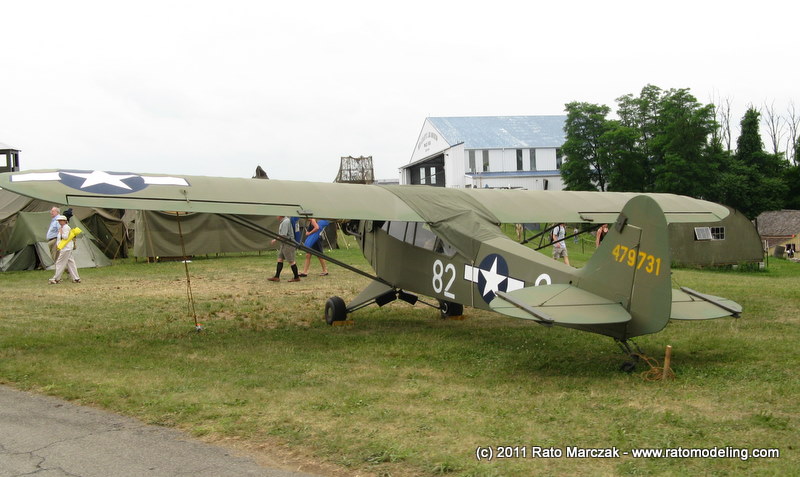
| Walkaround - Piper L-4H Grasshoper s/n 44-79731 |
| What: |
Walkaround - Piper L-4H Grasshoper s/n 44-79731 |
| Where: |
Carl A. Spaatz Field / Reading Regional Airport, Reading, Pennsylvania, USA. |
| When: |
World War II Weekend, June 4-6, 2010. |

